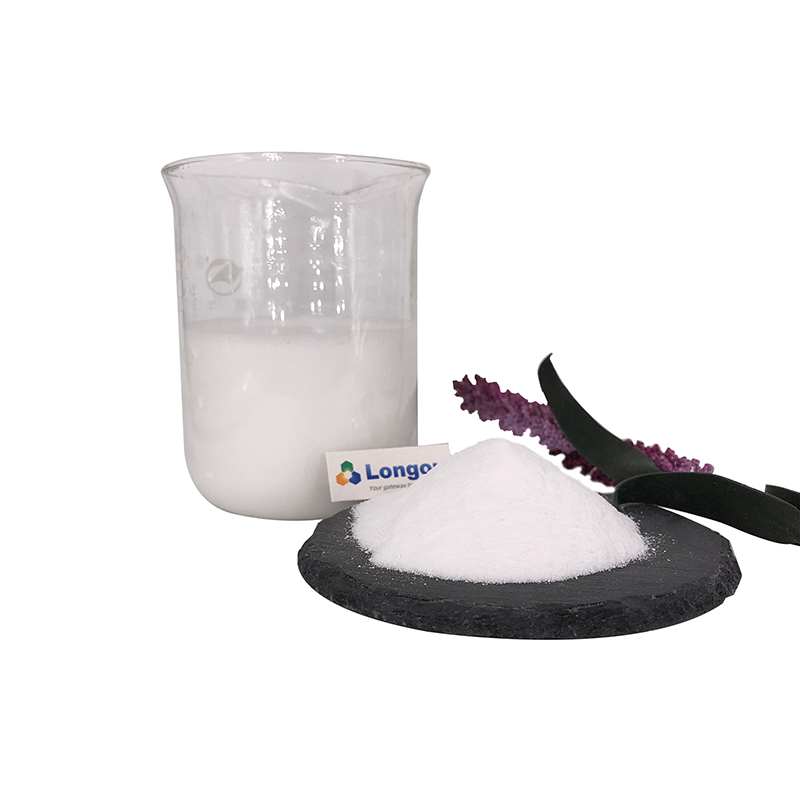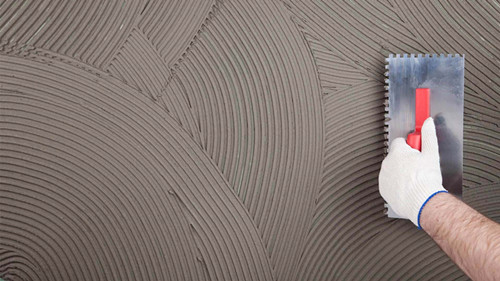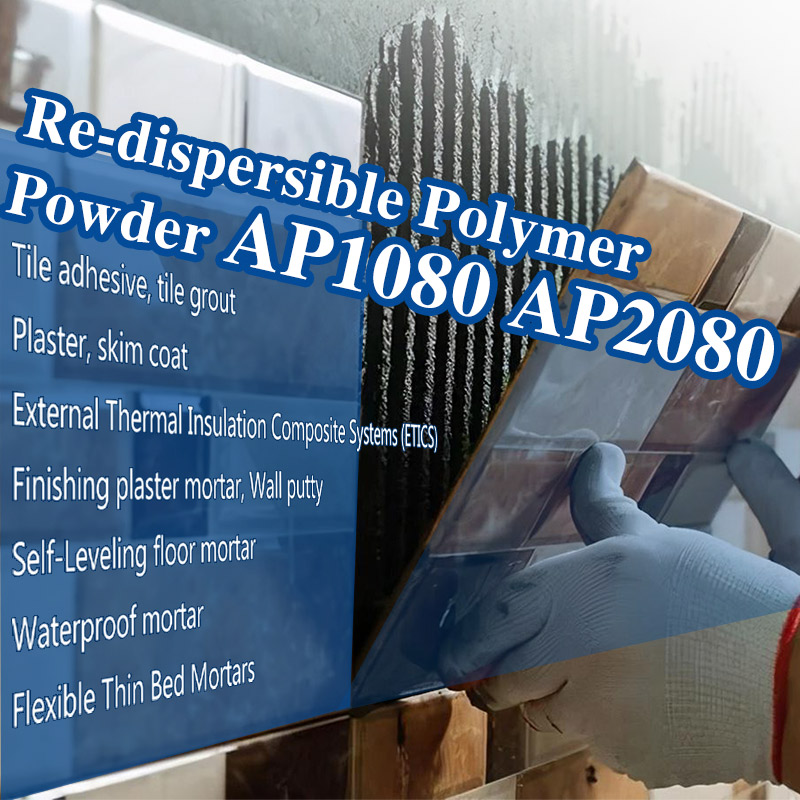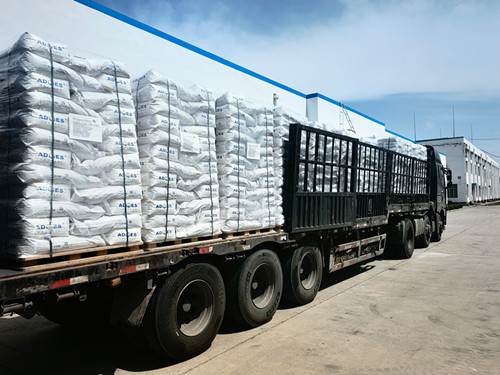The role of redispersible polymer powder in the construction industry cannot be underestimated. As a widely used additive material, it can be said that the appearance of redispersible polymer powder has improved the quality of construction by more than one grade. The main component of redispersible polymer powder is an organic macromolecular polymer with relatively stable properties. At the same time, PVA is added as a protective colloid. It is generally powdery at room temperature. The adhesion ability is very strong and the construction performance is also very good. In addition, this kind of polymer powder can obviously improve the wear resistance and water absorption performance of the wall by enhancing the cohesion of the mortar. At the same time, the cohesion strength and deformability are also certain. degree of improvement.
Redispersible latex powder is a green, environment friendly, building energy-saving, high-quality multi-purpose powder building material, and is an essential and important functional additive for dry-mixed mortar. It can improve the performance of mortar, increase the strength of mortar, increase the bonding strength between mortar and various substrates, improve the flexibility and workability, compressive strength, flexural strength, wear resistance, toughness, and viscosity of mortar. Relay and water retention capacity, constructability. The performance of redispersible latex powder in tile adhesive is relatively strong, and redispersible latex powder has high bonding ability and unique properties.
Latex powder improves the consistency and smoothness of the system in the wet mixing state. Due to the characteristics of the polymer, the cohesion of the wet mixing material is greatly improved, and it contributes greatly to the workability; after drying, it provides adhesion to the smooth and dense surface layer, Improve the interface effect of sand, gravel and pores. Under the premise of ensuring the amount of addition, it can be enriched into a film at the interface, so that the tile adhesive has a certain flexibility, reduces the elasticodulus, and absorbs the thermal deformation stress to a large extent. In case of water immersion in the later stage, there will be stresses such as water resistance, buffer temperature, and inconsistent material deformation (tile deformation coefficient 6×10-6/℃, cement concrete deformation coefficient 10×10-6/℃), and improve weather resistance.
The addition of redispersible latex powder in tile adhesives has a very obvious effect on the improvement of the performance of cement-based tile adhesives, and has a significant effect on the bonding strength, water resistance, and aging resistance of the adhesive. There are many types of redispersible latex powder for tile adhesives on the market, such as acrylic redispersible latex powder, styrene-acrylic powder, vinyl acetate-ethylene copolymer, etc. Generally speaking, tile adhesives used in tile adhesives on the market can be redispersed. Most of the dispersible latex powder is vinyl acetate-ethylene copolymer.
(1) As the amount of cement increases, the original strength of the redispersible latex powder for tile adhesive increases, and at the same time, the tensile adhesive strength after immersion in water and the tensile adhesive strength after heat aging also increase.
(2) With the increase of the amount of redispersible latex powder for tile adhesive, the tensile bond strength of the redispersible latex powder for tile adhesive after immersion in water and the tensile bond strength after heat aging increased accordingly, but the thermal aging After that, the tensile bond strength increased significantly.
The traditional pasting method of tiles is the thick-layer construction method, that is, first apply ordinary mortar to the back of the tiles, and then press the tiles to the base layer. The thickness of the mortar layer is about 10 to 30mm. Although this method is very suitable for construction on uneven bases, the disadvantages are low efficiency of tiling tiles, high requirements for workers’ technical proficiency, increased risk of falling off due to poor flexibility of mortar, and difficulty in correcting mortar on the construction site. Quality is strictly controlled. This method is only suitable for tiles with high water absorption rate. Before pasting the tiles, the tiles need to be soaked in water to achieve sufficient bond strength.
Post time: Jul-04-2023









